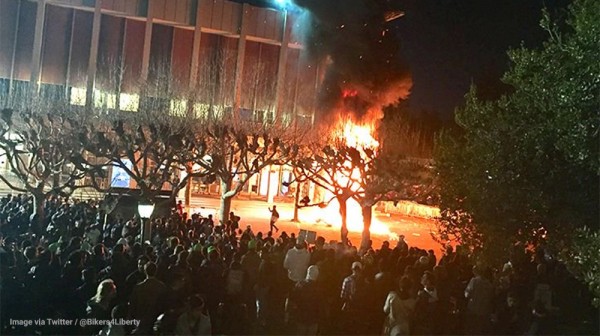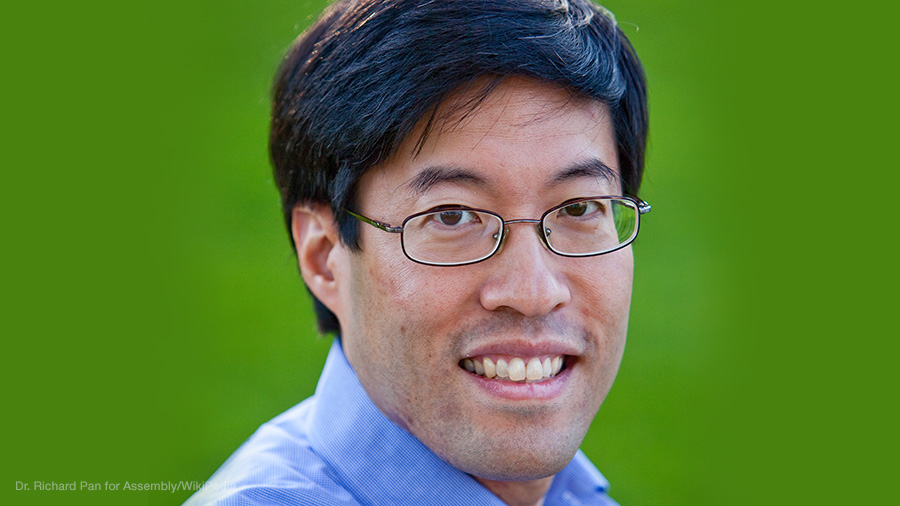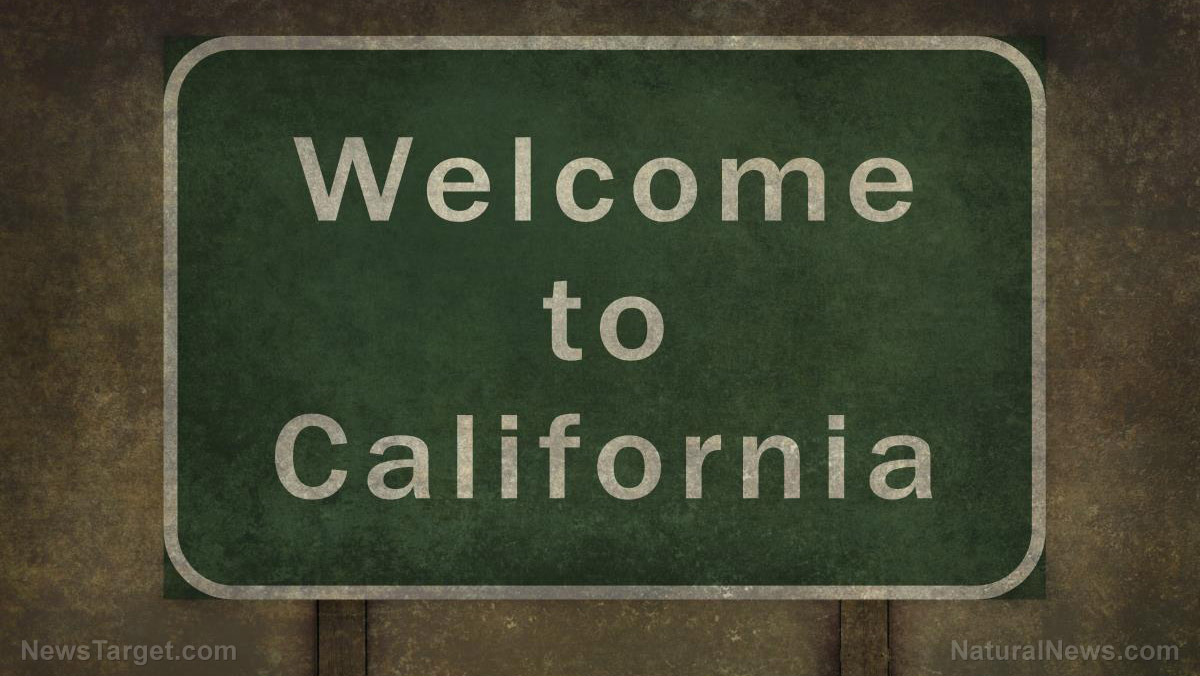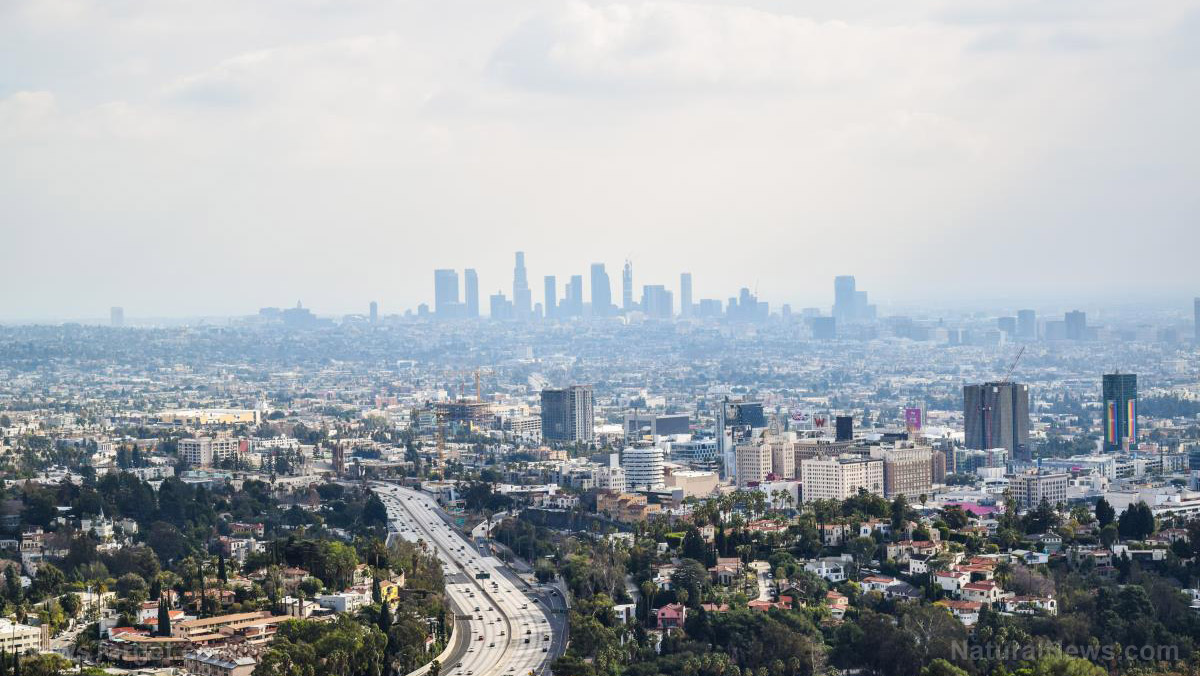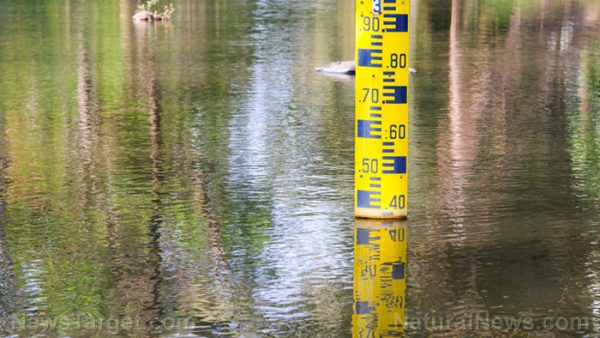A fault in the East Bay deemed more dangerous than San Andreas; geologists call it a “tectonic time bomb”
05/23/2018 / By Edsel Cook

Federal geologists have recently identified a fault running beneath the East Bay area that could turn out to be more dangerous and deadly than the infamous San Andreas fault. In an L.A. Times report, the Hayward fault is a “tectonic time bomb” that would do more damage than the great 1906 earthquake that destroyed San Francisco.
The new report by the U.S. Geological Survey (USGS) warned that a theoretical magnitude 7 earthquake at the center of the fault – which is right beneath Oakland – will immediately result in at least 800 fatalities and 18,000 injuries.
Subsequent conflagrations along the fault line would add to the destruction, death, and injuries, warned USGS researcher Ken Hudnut. Hundreds of fires would destroy to 52,000 single-family homes, and they would be difficult to fight because the earthquake would have also destroyed the underground water pipes.
The Hayward fault stretches from the San Pablo Bay to Milpitas. Its 52 mile (83.6 km) length passes through some of the most densely populated parts of the Bay Area, such as Berkeley, Oakland, Hayward, and Fremont. (Related: Catastrophic earthquake overdue for California, geologists warn: Are you prepared yet?)
The region has a population of seven million, USGS researcher David Schwartz said, of which two million live right on top of the fault. In comparison, the 1989 Loma Prieta earthquake was centered in the remote Santa Cruz mountain range, while the 1906 quake was centered off the coast of San Francisco.
“HayWired” scenario could be the worst disaster in modern Californian history
Bay Area officials have begun preparing for the worst-case scenario. Buildings sited atop the fault have been abandoned while others were rebuilt to account for the sharp shifts expected during an earthquake.
Most of the Bay Area is vulnerable to the so-called “HayWired” scenario, the worst natural disaster in the modern history of California. Thousands of people would be trapped, 400,000 individuals would lose their home, and there would be no running water for half a year.
The USGS report warned that a big earthquake in the East Bay would be too much for California’s minimum building codes. It could destroy thousands of structures and severely damage almost half a million more, making it at least 10 times as bad as the similarly powerful Loma Prieta earthquake.
Aftershocks would haunt the Hayward fault for up to six months. The HayWired scenario suggested big aftershocks would hit near Apple’s Cupertino headquarters, the important city of Palo Alto, and Oakland.
One of the swiftest moving faults in California, the Hayward generates an earthquake every 150-160 years. The last big quake will “celebrate” its 150th anniversary in October 21, 2018.
“Even given the uncertainties, we are definitely closer to the next one than we are away from it,” Schwarz warned. “You can’t hide — there’s really going to be very little places in the greater Bay Area that won’t be affected.”
A earthquake centered on the Hayward fault will be felt as far as San Francisco, the Livermore valley, and the San Ramon valley.
Hayward fault is famous with geologists, but unknown to most Californians
Geologists like Schwarz are very familiar with the Hayward fault. They know that it gradually moves through some parts of the East Bay in between earthquakes, which reduces some of the seismic strain but only delays the inevitable.
In contrast, most Californians don’t know the fault exists. Locals like Gene Rapp want proof before he makes any preparations for the HayWired scenario.
It took more than four years for the USGS to complete the HayWired report. Federal researchers hope their study would shake people out of complacency and start preparing them for a potential natural disaster.
Learn how to protect yourself, your loved ones, and your family from earthquakes and other calamities at Disaster.news.
Sources include:
Tagged Under: California, earthquake, earthquake risk, East Bay, fault line, geologists, geology, Hayward fault, HayWired scenario, natural disaster, nature science, predicting earthquakes, San Andreas, seismic activity, tectonic movements




